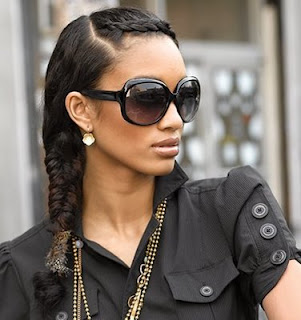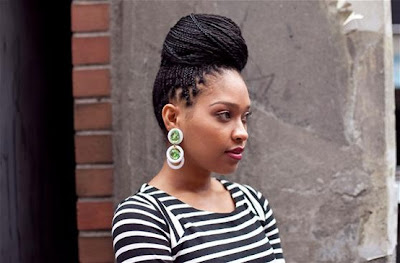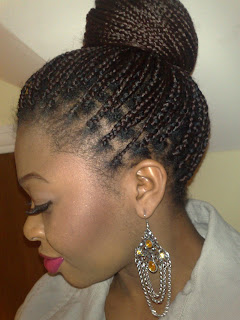 |
| Top Clarifing Shampoos - Suave Naturals Daily Clarifying Shampoo and Kinky Curly Come Clean |
Use the products that create good results and follow up weekly with a clarifying shampoo like Suave Naturals Daily Clarifying Shampoo or the Kinky Curly Come Clean. Both are very effective in removing build-up but you may need 2-3 washes to get rid of significant build-up when using Kinky Curly Come Clean.
Keep the following in mind:
- You don't have to do a thorough wash every 2 days but focus on the scalp more than the hair if you do. Washing with a clarifying shampoo every 1-2 weeks is usually sufficient. If you need to clarify every 2 days, you may be using too much product but you can still wash frequently if you choose the right pH balanced shampoo.
- Unless daily or frequent wash n' gos are a part of your regular routine, only wash your hair when it is dirty. Don't worry about how frequently you should wash. You'll know when you need a wash.
- Focus on your scalp when washing if you wash frequently to avoid stripping the hair of its natural oils.
- Select shampoos that are pH balanced as they will help to maintain the strength and softness of your hair. This information is usually on the label.
- Find the right moisturizing routine to restore moisture to your hair. After washing (on damp hair) add your moisturizer and seal in all the moist goodness with a light oil. This should keep your hair fairly soft if done regularly. Spritz with water and repeat the moisture sealing process to keep your hair moisturized.
















